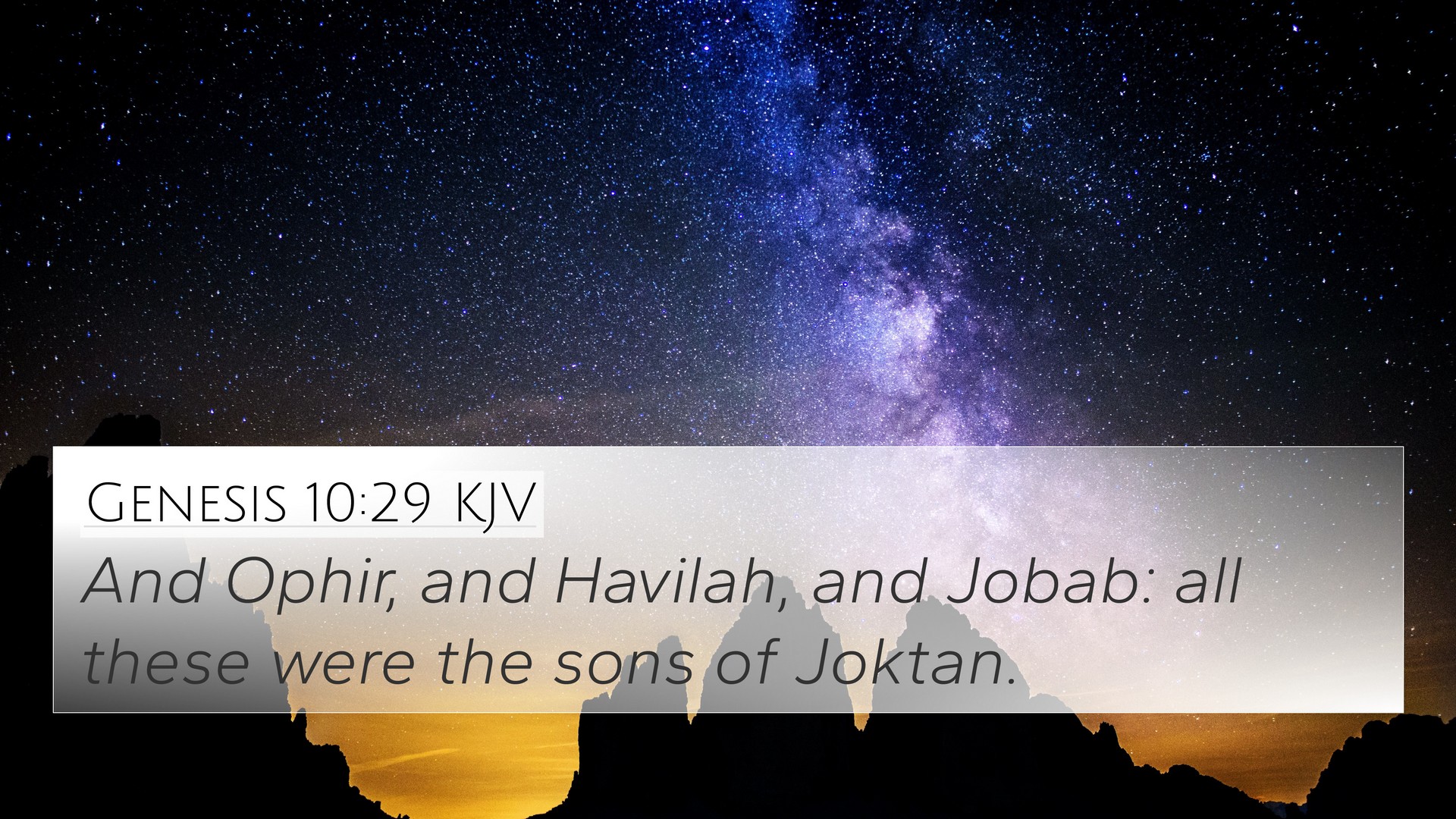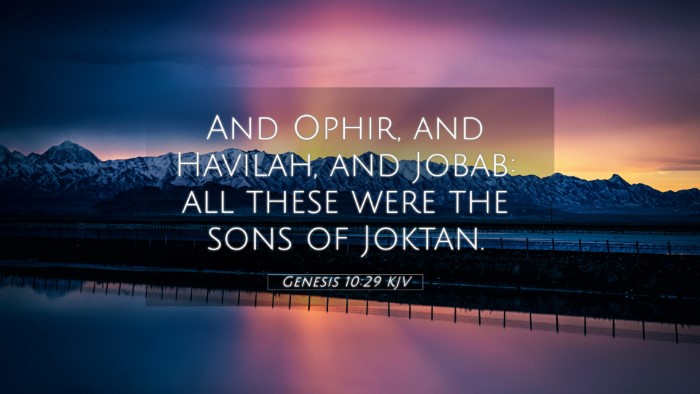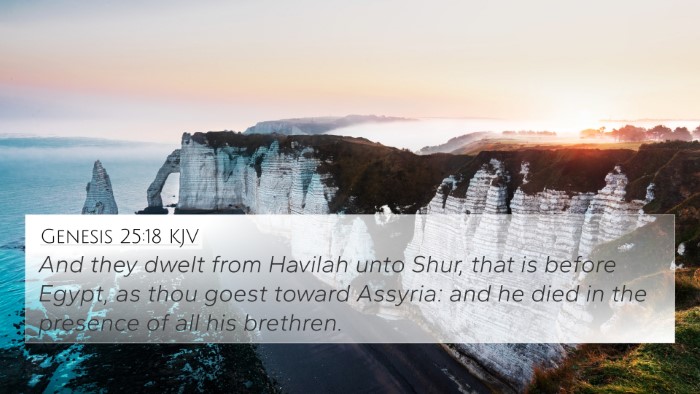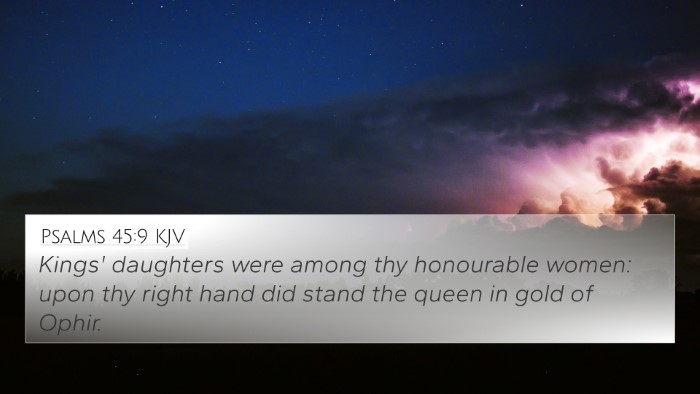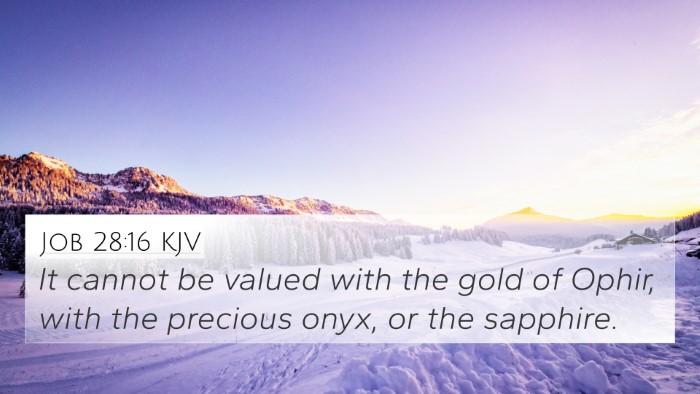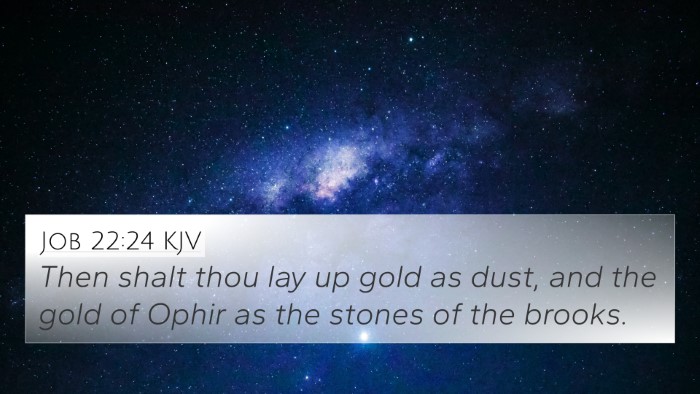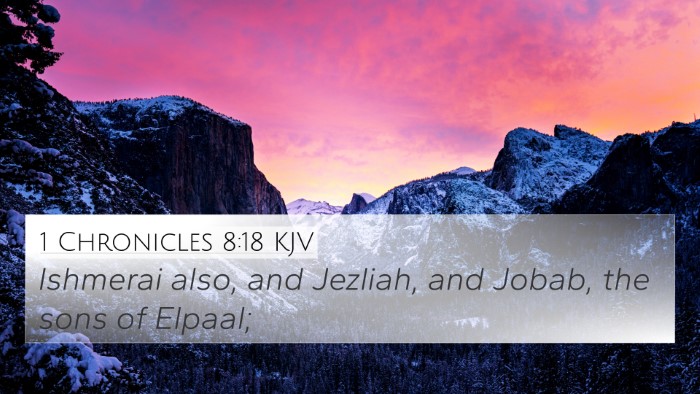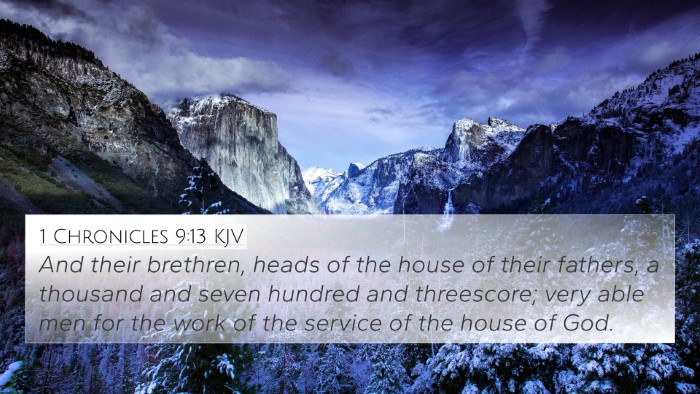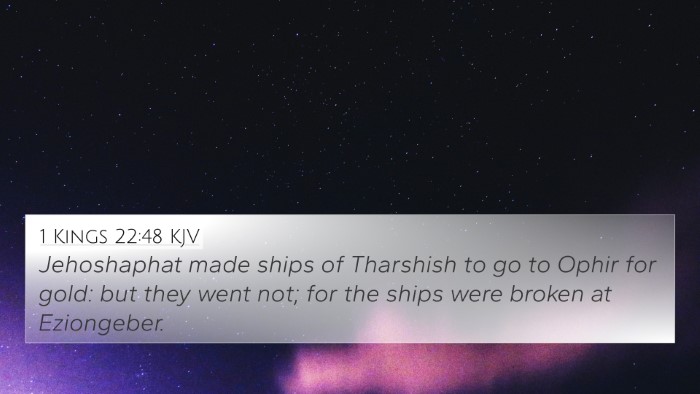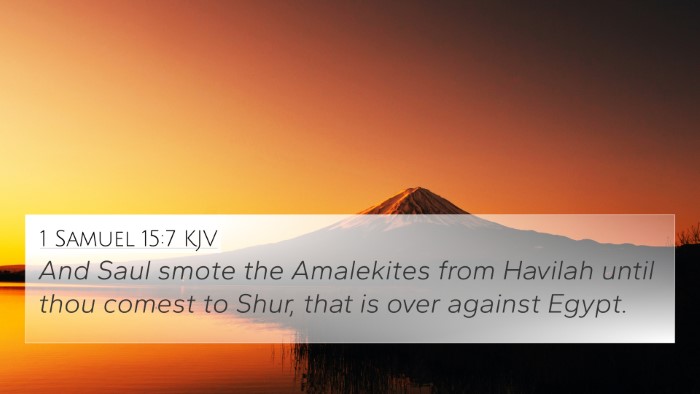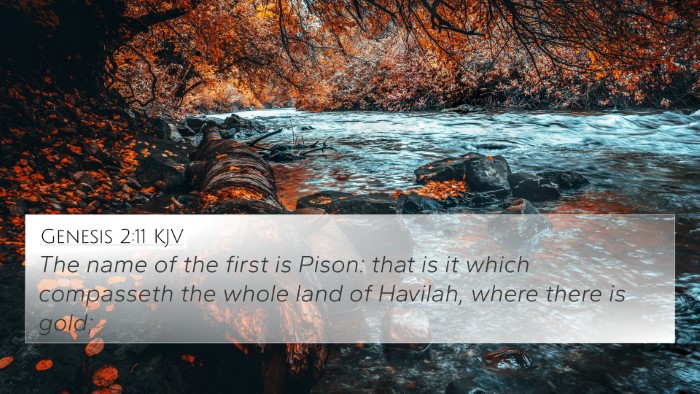Understanding Genesis 10:29
Genesis 10:29 states: "And Ophir, and Havilah, and Jobab: all these were the sons of Joktan." This verse is part of the genealogical account following the flood, detailing the descendants of Noah's son Shem. The significance of this passage sheds light on the ethnic and geographical origins of various nations and peoples that emerged after the flood.
Insights from Public Domain Commentaries
Matthew Henry's Commentary
According to Matthew Henry, this verse emphasizes the importance of lineage and heritage. The sons of Joktan represent the southern branches of the descendants of Shem, illustrating God's providence in populating the earth after the flood. Henry notes the distinction of these names as they hold key connections to later events in biblical history.
Albert Barnes' Notes on the Bible
Albert Barnes highlights the significance of the tribes established from Joktan’s lineage. He illustrates the geographical spread and attributes the names mentioned to specific regions, providing context through historical geography. Barnes emphasizes that tracing these lines is essential to understanding the cultures and customs that would shape future interactions among nations.
Adam Clarke's Commentary
Adam Clarke discusses the interpretation of the names listed, suggesting they correspond to different geographic locations in ancient Arabia and beyond. Clarke's analysis provides a link to the teachings of the New Testament, showcasing how the Old Testament genealogies offer further insights into the fuller narrative of God's plan of redemption through history.
Cross-References and Thematic Connections
This verse connects with several others throughout Scripture, offering a broader understanding of genealogy, divine promise, and fulfillment:
- Genesis 10:25 - "And unto Eber were born two sons: the name of one was Peleg; for in his days was the earth divided; and his brother's name was Joktan." This connection highlights the division of nations post-flood.
- Genesis 10:30 - "And their dwelling was from Mesha, as thou goest unto Sephar a mount of the east." This verse provides geographical context for the descendants of Joktan.
- Genesis 11:10-26 - This passage elaborates on the genealogy of Shem, linking to subsequent narratives and showing the significance of lineage in biblical narratives.
- Luke 3:36-37 - This New Testament passage traces lineage back to Noah, showing the continuity of God's covenant throughout generations.
- Acts 17:26 - "And hath made of one blood all nations of men for to dwell on all the face of the earth." This ties back to God's intent in populating nations.
- 1 Chronicles 1:19 - "And to Eber were born two sons; the name of one was Peleg; for in his days the earth was divided; and his brother's name was Joktan." This reiterates the genealogical significance of Joktan's lineage.
- Hebrews 7:14 - "For it is evident that our Lord sprang out of Judah; of which tribe Moses spake nothing concerning priesthood." This speaks to the importance of tribal identity throughout scripture.
Conclusion
In conclusion, Genesis 10:29 serves as a foundational verse within the genealogical records that not only tracks lineages but demonstrates the unfolding of God's purposes through history. Understanding the genealogies is crucial for grasping the overall narrative of the Bible. The connections between these verses and their thematic relevance guide us in better understanding the continuity of God's plan from the Old Testament through to the New Testament.
